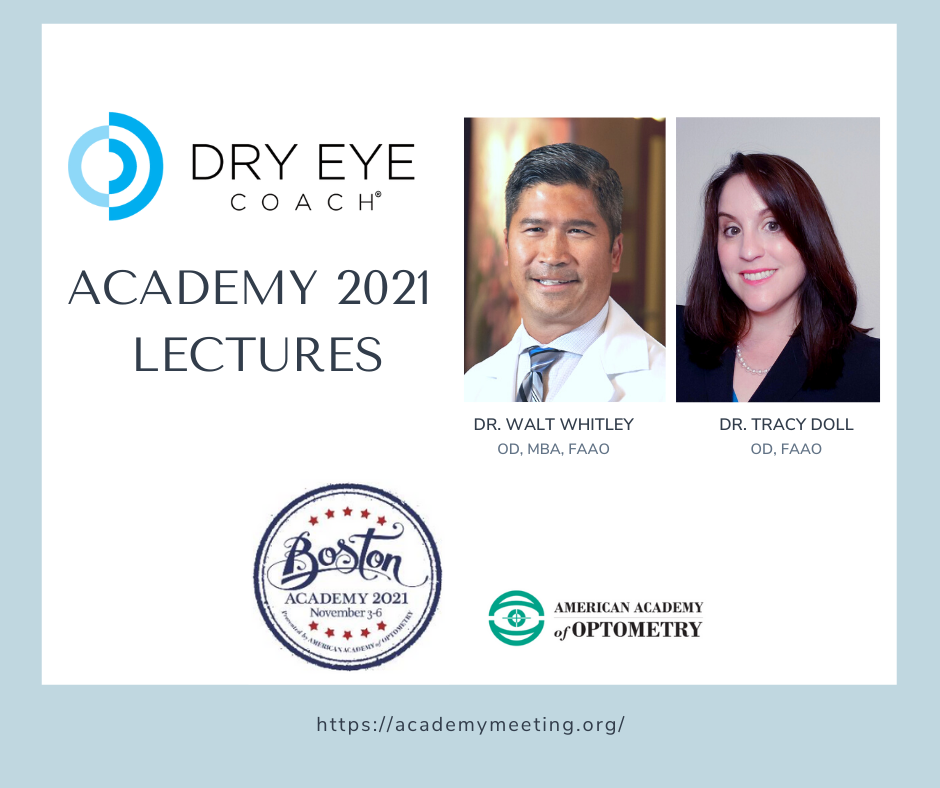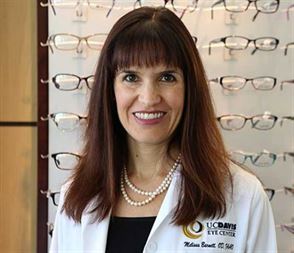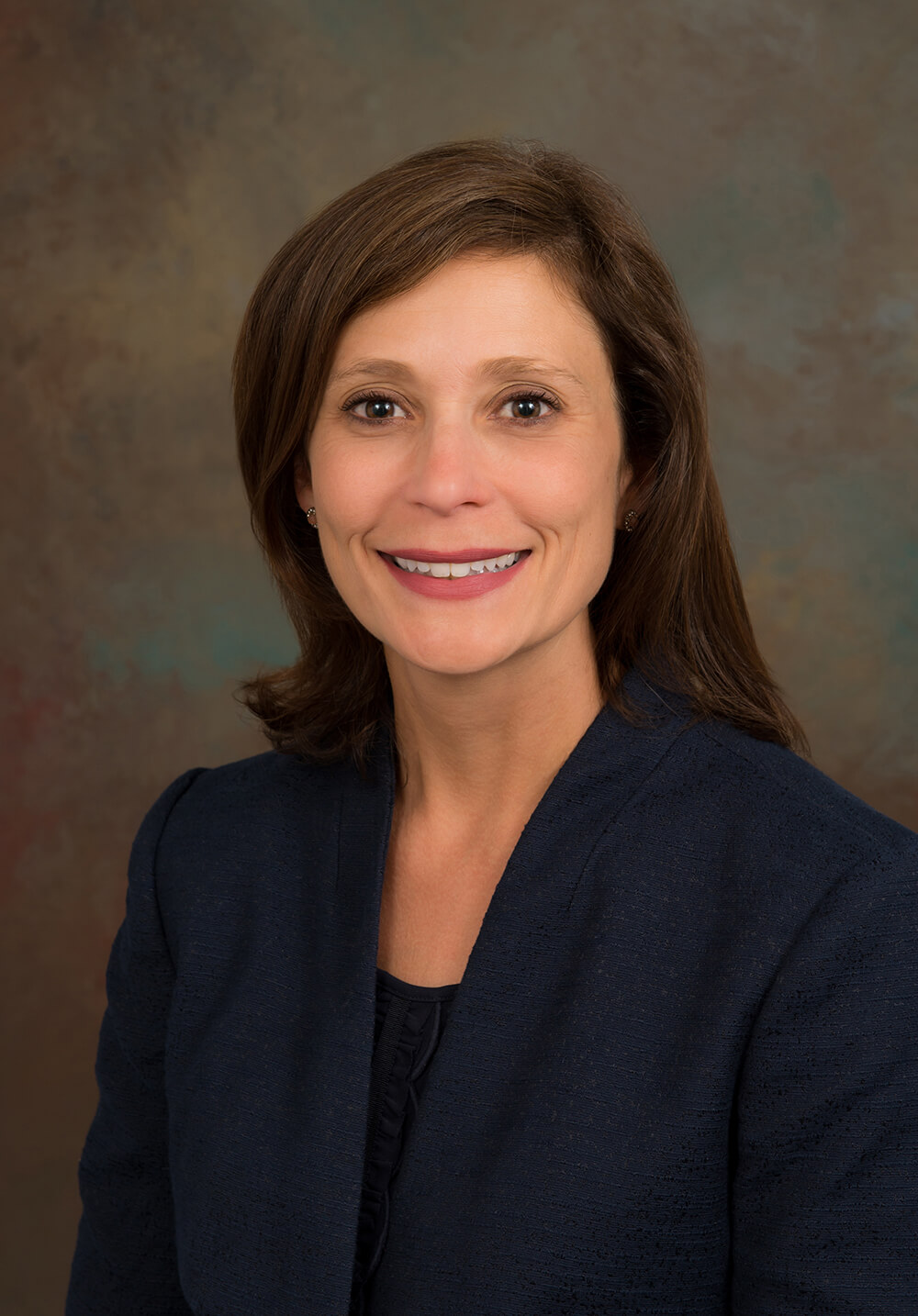Dry Eye Coach Podcast
Whitney Hauser, OD and Caroline Blackie, OD, PhD
On the Dry Eye Coach Podcast, our Innovation Series has featured people who were on the ground floor of ocular surface disease, with in-depth discussion of their roles in building knowledge and developing protocols, techniques and technologies. Recently, we were joined by Caroline Blackie, OD, PhD, Medical Director of Ocular Surface Disease at Johnson & Johnson Vision. You can listen to the full conversation with Caroline Blackie, excerpted here with a few questions about the evolution of meibomian gland knowledge and treatment.
Dr. Hauser: Today we’re happy to have you as an innovator who has a long history with dry eye. Can you tell us about the changes that you’ve seen in the ocular surface market over the past decade?
Dr. Blackie: The space today is unrecognizable from where it was a decade ago. In 2008, there was very little clarity in dry eye diagnosis, and I think most patients would concur that their treatment experience was not optimal.
In 2007, the Tear Film & Ocular Surface Society published the first Dry Eye Workshop (DEWS) report, reviewing a large volume of peer-reviewed data and producing a signs and symptoms focused definition of dry eye. Unsurprisingly, the leading treatment recommendations were to measure and manage the signs and symptoms as effectively as possible. The underlying causes were largely unknown, thus the treatment recommendations were focused on addressing the signs and symptoms rather than the cause/s of the condition.
In 2011, the MGD workshop report made a compelling evidence based case that MGD was likely the leading cause of dry eye. MGD was a long-known condition that was both diagnosable and treatable. From that point forward, the research on MGD greatly expanded. It triggered multiple therapeutic innovations, all of which have served to raise the standard of care. DEWS II was another spectacular effort on behalf of TFOS. The report lays out clear diagnostic criteria for dry eye, combining a validated symptom questionnaire with any one of three tear form homeostasis markers (ocular surface staining, tear breakup time, and osmolarity).
The report goes further, stating the importance of identifying and treating the cause or causes of the condition, specifically calling out MGD as the primary suspect alongside reduced lacrimal function as a secondary suspect. Treatment for MGD is incorporated at all stages of management recommendations from the earliest to the most severe. That alone was inconceivable a decade ago.
Dr. Hauser: There’s a big transition from advances research and in a laboratory setting, to advances in clinical practice. You played a major role in shepherding LipiFlow through clinical trials and eventually to market, but before the team could design, build and test LipiFlow, they had to understand the role of MGD in dry eye. How did that knowledge you discussed inspire the development team?
Dr. Blackie: Many decades of science went into our planning and development. Back in 2005, there were various methods of evacuating gland contents, but the methods were all uncomfortable, manual and time consuming. We wanted to evacuate gland contents in an effective, relatively comfortable, and low-risk manner. That meant finding a way to combine and automate the application of heat and pressure to the eyelids, while simultaneously protecting the ocular surface.
Along the journey, we built and tested multiple therapeutic energies and applied them to the eyelids and glands in various ways. It was a very exciting time. In the process, we learned how effective the eyelids are at protecting the eye from heat, and why the external lid heating is so limited. Serendipitously, we also learned that we could heat the inner lid surface and bypass the insulating properties inherent to the eyelid altogether.
Along the way, in parallel, we created a way to standardize the assessment of meibomian gland function with the Meibomian Gland Evaluator. That was another critical step that opened up our thinking in terms of what meibomian gland function actually is, how it relates to the blink, and the entire system works together. The rest is history.











